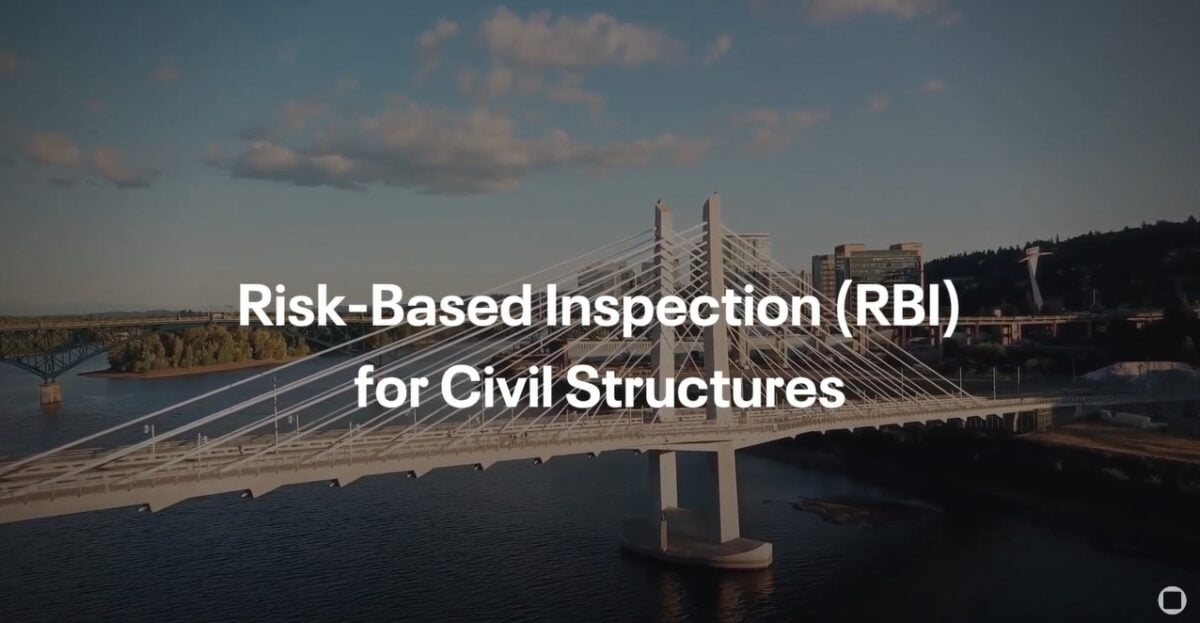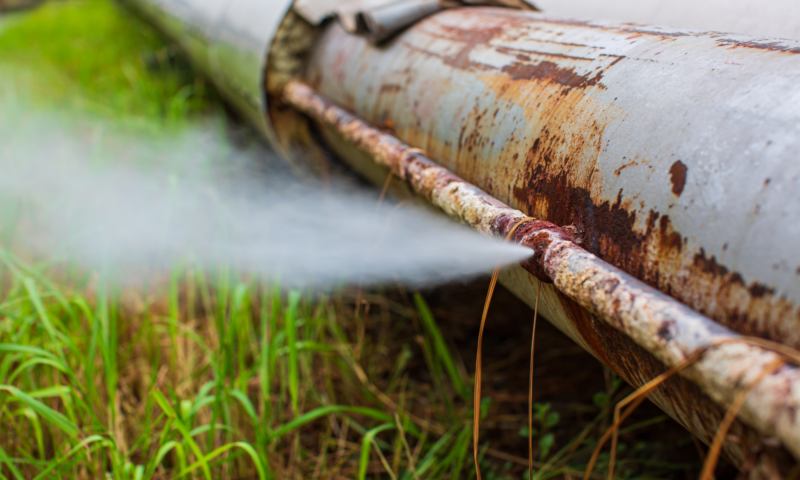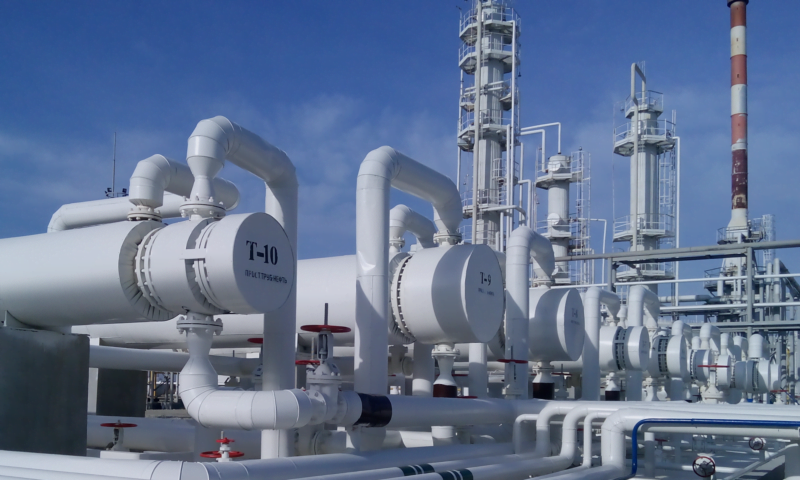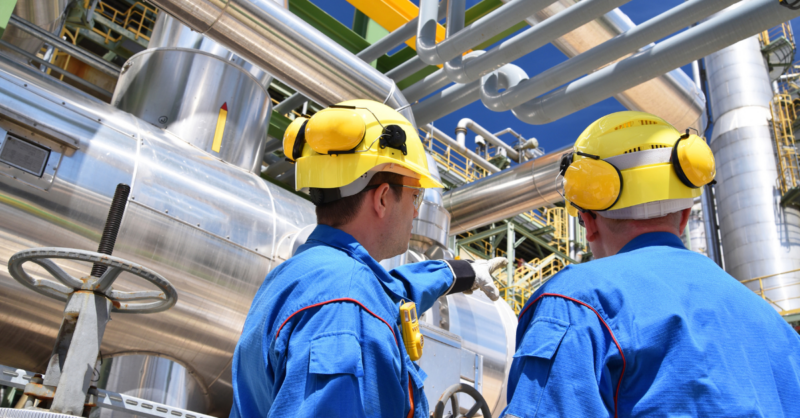Civil structures degrade, and this degradation can lead not only to higher costs but, more importantly, to catastrophic incidents. These incidents can range from fragments to entire structures collapsing due to corrosion or structural deterioration. Risk-based inspections (RBI) help site owners understand the criticality of their civil structures, and it helps them prioritize and focus on essential issues.
There are many instances of assets being put into operation for decades without having any civil maintenance. Civil assets can stay functional for a long time when designed and constructed correctly. However, actively deciding not to perform civil maintenance without assessing the criticality and present risks for the asset is risky. The risk study could conclude that the civil assets will need no maintenance, but it’s essential to carry out the study and receive confirmation. Risk-based inspections (RBI) provide insights into the degradation mechanisms, giving an expert judgment on how and when civil structures will fail.
Criticality and Risk for Civil Structures
Criticality is the relative risk of a high cost arising from the failure of an asset. It is calculated in order to understand which assets deserve attention and where your money should be spent to prevent failure. Criticality for mechanical equipment is the consequence versus probability of failure. In other words, what are the chances of failure occurring, and what are the related consequences of that failure? That is, what happens if you don’t do anything in terms of maintenance? This is known as base risk. When it comes to Civil Structures, the susceptibility to failure is the measure of how sensitive the structure is to degradation in relation to what was expected in the design. The base risk for civil assets, similar to mechanical equipment, is then used to prioritize maintenance efforts. The closer the structure is to failure, the higher the urgency to intervene. Depending on the urgency, fewer maintenance scenarios to mitigate the risk will be available.
Risk-Based Inspection (RBI) for Civil Structures
When there are multiple degradation mechanisms, the first step is to identify the dominant failure mode. From here, an analysis of the dominant failure will lead to the earliest failure. In concrete structures, dominant degradation mechanisms are chloride ingress or carbonation. These lead to the failure mode of concrete pieces falling. This leads to unsafe situations or the collapse of the structure. This is an age-related degradation. However, there are also non-age-related failures. For example, a collision of a ship against a jetty or a fire leads to damage to the integrity of the structure. This type of failure, however, is very rare.
After the dominant failure mode has been identified, the risk can be determined. For this, inspection is a must since a degradation trend is needed to determine the remaining life (RL), which then determines risk. From here, you can use RL and risk to determine the next inspection date (NID). The closer the structure is to a functional failure, the higher the likelihood and, thus, the risk. The consequences of failure will not change over time. Inspections in the field are also necessary for civil structures. But inspections are not always easy (e.g., jetty with divers or flare with crane). For example, changing a pump is easier than changing the foundation of the pump.
The Benefits of Risk-Based Inspections (RBI) for Civil Structures
So what exactly are the benefits of using risk-based inspections for civil structures? Below we cover the ins and outs of them.
1. Stay ahead of the potential risks
Gain better visibility into the health of your critical civil assets, and stay ahead by planning proper maintenance for their lifecycle.
2. Reduce the risk of failures and increase safety
By identifying the operational risks associated with the civil structure via material degradation, you can reduce your risk of failure. This will ultimately lead to better safety across your plant or operations.
3. Lower plant downtime
More reliable plant operations result in higher asset availability and reduced downtime.
4. Use inspection resources more cost-effectively
You will be able to prioritize and optimize your inspection costs. This will also result in facilitating the building of a business case when looking for investors.
5. Optimize inspection costs
Risk assessments help prioritize and optimize inspection costs.
6. Small steps, big results
Carry out smaller maintenance steps more often, and get larger results than one large step at the end.
7. Improved awareness of the Risk and Criticality of your assets
Carry out smaller maintenance steps more often, and get larger results than one large step at the end.
8. Facilitate justification for maintenance investment
Lifecycle cost analyses can make the business case for maintenance investments
Software for Civil Structure Risk-Based Assessment
IMS PEI is a Pressure Equipment Integrity cloud-based software. It helps manage equipment integrity by defining when and what to inspect/repair (using RBI and advanced corrosion calculations), all while keeping an audit trail. IMS PEI helps prevent leaks and explosions by improving your asset availability through inspection planning. You don’t need to have an expensive inspection schedule to ensure the safety of your people and high asset availability. With IMS PEI, you will optimize your inspection schedules so that you can operate as safely and budget-friendly as possible.
With IMS PEI, you add the IMS Civil module. This module guides you throughout the entire lifespan of your civil assets so that you can predict the remnant life of your civil structures. Through this, you can schedule the best maintenance and inspection plans. IMS Civil will help you optimize your maintenance and inspection tasks so that you can operate as safely and budget-friendly as possible.
Ready for a demo?
Has this sparked your interest? You can use the form below to book a demo directly and see IMS PEI and IMS Civil in action.





